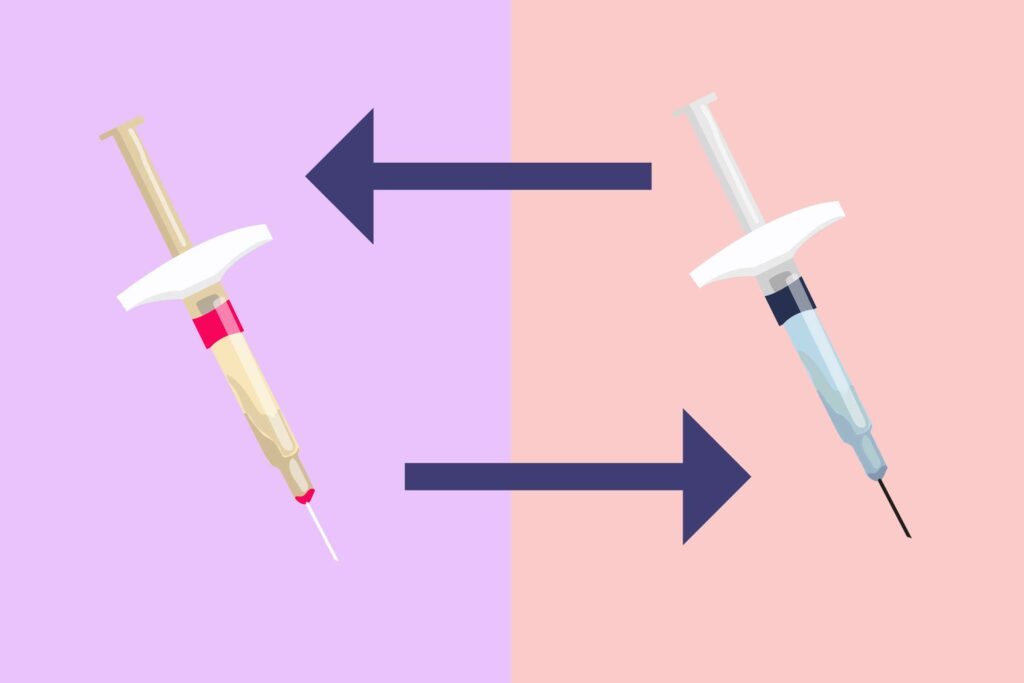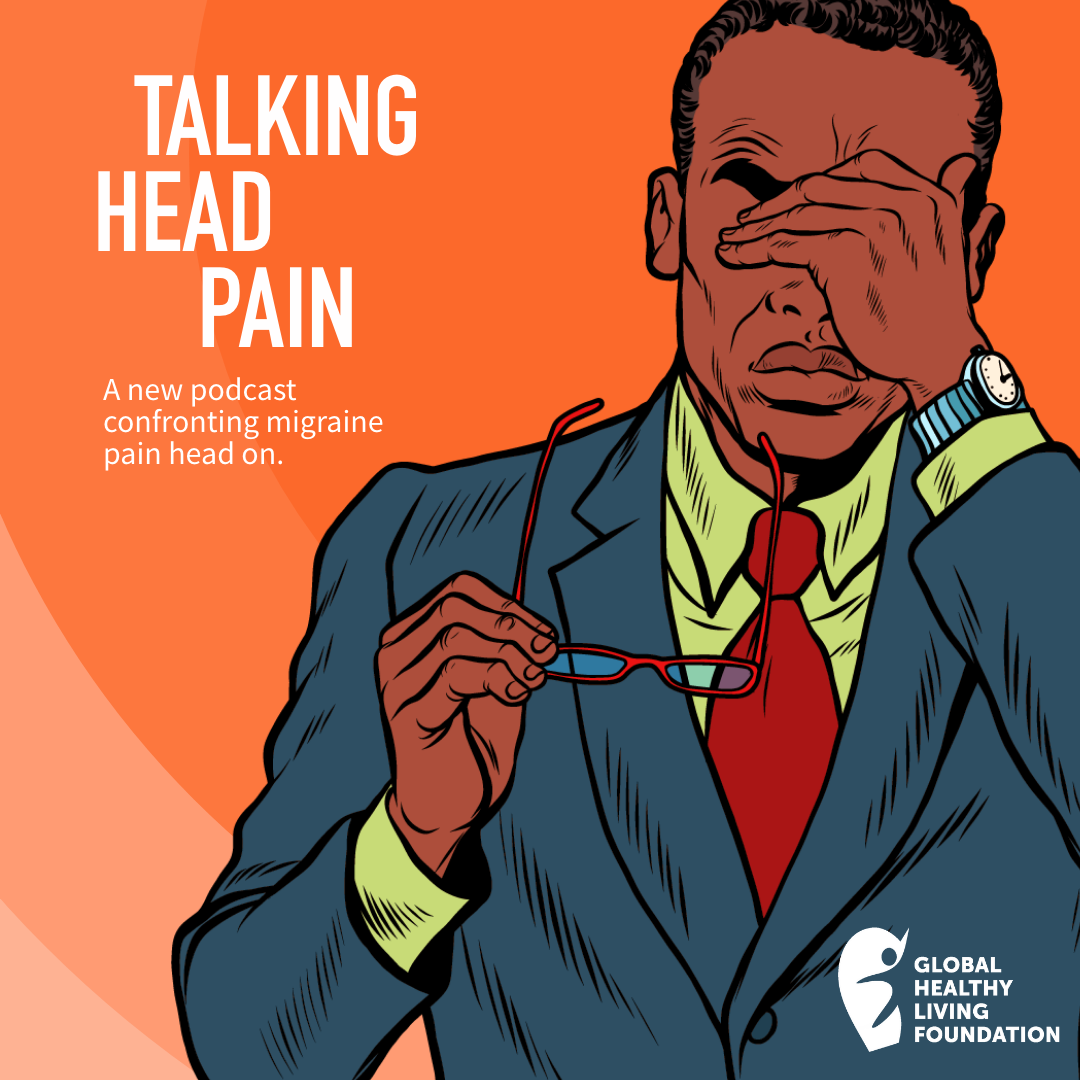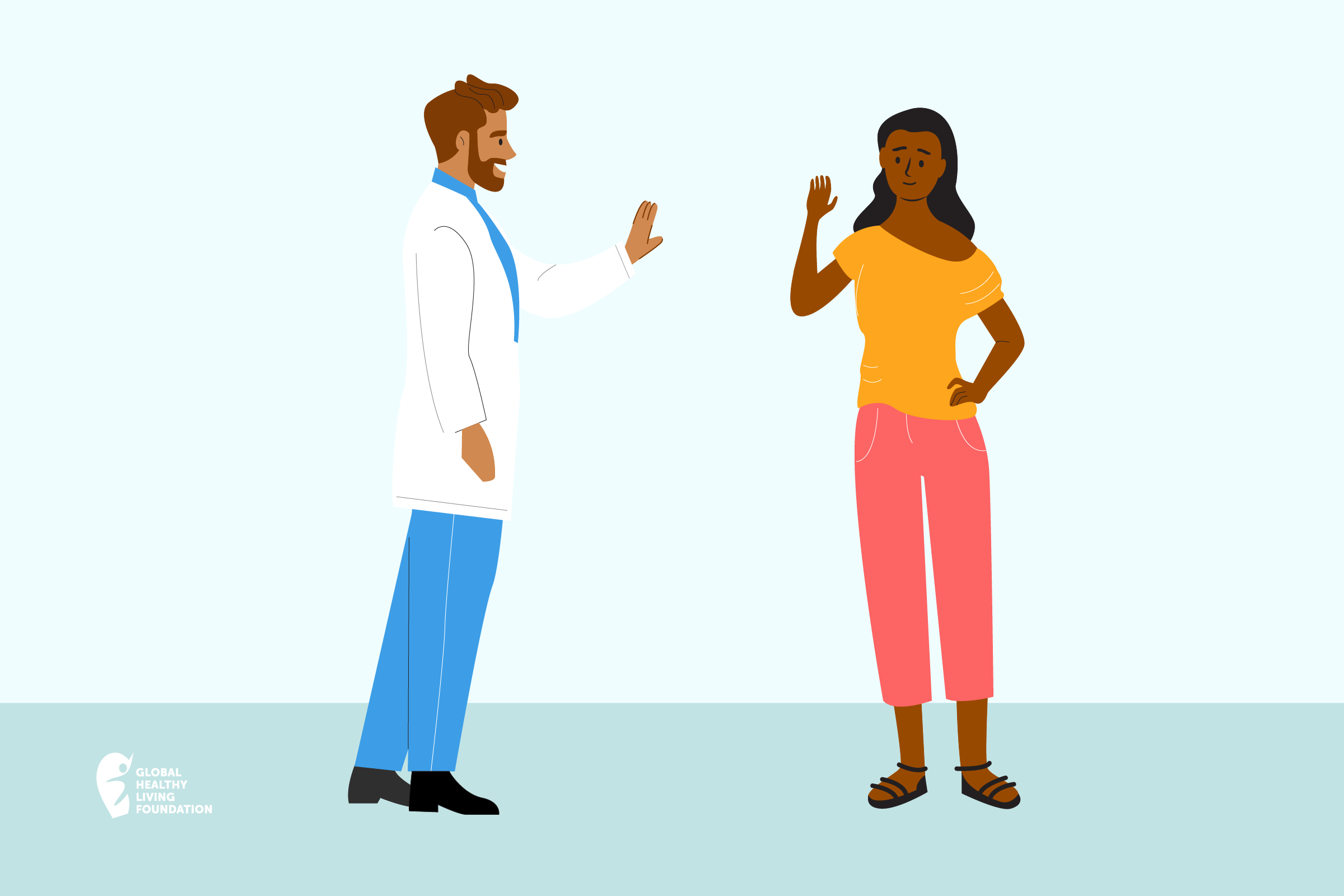

Living with rheumatoid arthritis (RA) means juggling multiple factors, including managing symptoms, medications, insurance and other funding sources, the reactions of others to your condition, and how your life changes because of it. Sometimes you feel like you’re juggling a hard rubber ball — and, if you miss, it might bounce off your head and leave a bruise. Luckily, you can get back to juggling quickly.
Sometimes, you’re juggling flaming torches and, if one drops, there are more severe consequences.
When the Ontario Drug Program informed those who received funding for biologics that we had to switch to a biosimilar by the end of 2023, I immediately worried that it would light my life on fire. Trying a new medication can be a mix of hope and fear, but being forced to switch from a medication that has kept you in remission for almost two decades is mostly just frightening.
Switching Meds with Hope
When something makes me anxious, I cope by approaching the situation with logic and reason. I reminded myself that I have previously written about biosimilars, which means I understand their place in RA treatment. I know these medications only get approved if they can be documented to have the same effects as what’s called the reference biologic, or the biologic to which they are similar.
I know that biosimilars have been used in Europe for over eight years and that most of the provinces and territories in Canada have previously brought in comparable biosimilar switching policies. There are many positive aspects to biosimilars coming on the market and I strongly believe they present more options for treatment of autoimmune disease.
I also understand that when the government uses tax dollars to help its citizens get necessary and expensive treatment that this needs to be done with care. Biosimilars are still costly, but much less so than biologics. In my own life, I am careful with my money, so how could I argue my government doing the same?
There are times in your life when a big change is inevitable and, in that situation, I often remind myself: “there’s nothing for it.” This term helps me reduce anxiety and accept what’s coming. As the date of the switch came closer, I tried to remain hopeful.
All the signs suggested that the biosimilar would work the same as my biologic to suppress my RA. My body is supersensitive, and I hoped that this light step sideways to a biosimilar could very well reduce the amount of side effects.
Only, it didn’t.
But before I tell you what happened, a caveat: I’ve had severe RA since childhood and because most of my “career” with this condition happened when there were no effective medications, I became a wheelchair user in my teens. My body has incurred a lot of damage from RA inflammation. It’s made me very sensitive to side effects and changes in medication.
It’s important to remember that many people switch to biosimilars with no problems. But this was not my experience.
Experiencing a Physical and Mental Toll
Within a few days of taking the first dose, my previously mild and largely manageable gastroparesis (a condition that slows or stops the movement of food from the stomach to the small intestine) went haywire. In my experience, side effects can lessen over time, so I kept taking the drug for two months. This made my symptoms worse. By the end, I felt so awful that it was difficult to focus on anything else.
To apply for the exceptional access program (EAP) to go back on my biologic, I had to try two biosimilars, so I started another one. After the second dose, I had an intense asthma attack that I, along with my rheumatologist and my respirologist, attributed to the change in medication.
While my rheumatologist sent in the EAP application, I took large doses of steroids to help my lungs heal and tried biosimilar number three. It triggered a fibromyalgia flare. I’ve had chronic pain for more than 50 years, so I could cope better with that, but gastroparesis also began to kick up a fuss again.
Worse than all the rest, my RA was stirring. My toes had started to look like sausages; I could feel it in my joints when it rained. It was terrifying.
When I started taking a biologic 19 years ago, it brought me out of a catastrophic flare that further disabled me. My body has responded well to that treatment, but my health and my remaining ability depend on it.
Feeling those first symptoms of an RA flare sent me into a panic — the consequences of losing more function would be life altering, very likely affecting my ability to work, even part-time, and to live independently.
Getting Back to Biologics
Thankfully, after seven months of experimenting with different biosimilars, I got a phone call telling me I was approved for EAP. I promptly burst into tears, likely making the woman on the other side of the phone a little uncomfortable. I immediately picked up my trusted biologic, took the first shot, and started feeling like myself again.
Tinkering with my treatment has had consequences. I’ve lost strength and have the numbers to prove it: a recent pulmonary function test showed a decrease in lung capacity for the first time in eight years. I can feel it in my body, that 15 to 20 percent dip in my ability, stamina, and overall well-being. It may not sound like much, but at my level of disability, it’s significant.
During that long time in which I felt awful every day, I had to pare my down life to the essentials, because that’s all I had the strength to do. This has hit my emotional health, social life, and stalled the work on my next book.
I am beyond grateful to be back on my biologic, but it’s not a magic wand. Rebuilding life and health takes longer when you’re disabled and, in fact, I expect it will be five months or more to get back to where I was. Only time will tell if this experiment resulted in permanent damage.
Being forced to change my medication was a difficult process, one that together with the recovery process will have dominated close to a year. When the flaming torch fell, it singed every part of my life. Thankfully, it did not burn it irrevocably. Still, I’m glad I went through this because it has confirmed what works for me and, equally important, what doesn’t.
And now… I go back to gently and slowly pushing myself to get stronger.
Stay in Touch with CreakyJoints Canada
Part of the nonprofit Global Healthy Living Foundation, CreakyJoints is a digital community for millions of arthritis patients and caregivers worldwide who seek education, support, advocacy, and patient-centered research. All of our programming and services are always provided free of charge. As we grow CreakyJoints Canada we want to hear from you. Please join our email list to stay connected, learn about new content and initiatives, and send us suggestions and ideas.





